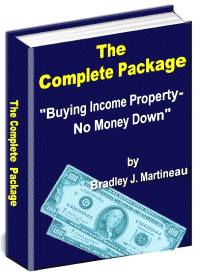Home equity loans can be a great idea for individuals looking to get out of debt or make necessary repairs on their homes. During the process, you will come across a variety of terms and acronyms. We have gathered together some of the basic terms that you come across during your home equity loan.
Amortization: Loan payments that will cover both principle and interest in
one payment. Your lender will likely give you an amortization schedule outlining
your payment schedule.
Annual Percentage Rate (APR): This is the cost of credit on a yearly basis.
Appraised Value: An appraiser will determine the value of your home based on
experience, market data, and other information.
Cap: This is the limit on how much an interest rate can increase over the life
of your loan.
Closing/Closing Costs: This is the final step in the real estate transaction.
This would include the delivery of the deed, signing of the notes, and final
disbursement of the funds. There will be various fees associated with a closing,
such as attorney fees and taxes, that are called closing costs.
Depreciation: An overall loss on a property due to age, physical deterioration,
and economic factors.
Discount Point: A buyer can pay the lender a set fee for a lower interest rate.
This is usually a percentage of the loan itself.
Equity: This is the amount of money that you have vested in your home. This can
be determined by subtracting the lien amount from the property's value.
Equity Loan: A loan or line of credit that is based on the amount of equity that
you have in your home. Your home is essentially used as collateral.
Fixed Interest Rate: An interest rate that remains constant throughout the life
of the loan. A fixed-rate mortgage will have the same interest rate and payments
for the length of the loan.
Home Equity Line of Credit: Similar to a home equity loan, but you receive a
line of credit that you can draw upon at any time.
Home Equity Loan: A loan based on the amount of equity you have in your home.
Interest: This is the cost for borrowing money.
Interest Rate: This is the percentage of the loan amount that you must add to
your principle, for the privilege of borrowing money.
Loan-To-Value Ratio: This is the ratio between the amount of the loan and the
actual value of the home. Some loans can give you up to a 125% Loan-To-Value
Ratio.
Market Value: This is the price that buyers would be willing to pay for your
home, at the present time. This can vary from the actual sale price of the home.
PITI (Principal, Interest, Taxes, and Insurance): This is the usual breakdown
for mortgage payments.
Principal: The amount of your original loan before interest was added.
John Ross is a freelance author who writes articles about financial loans including: home equity loans company, online home equity loans, and fixed rate home equity loans. The Loanchbox is a user friendly website designed to inform beginners about home equity loans.

